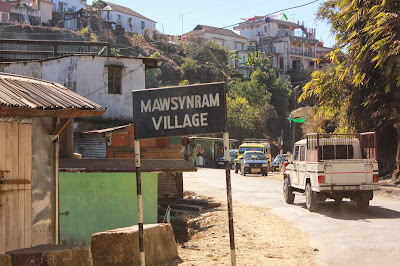The Fifth Sister - Manipur
* Believe me, If you are a risk taker and believe in real adventure, then Manipur is the right place for you. Forget the insurgency for a while and see the place yourself. Its history and beauty can't be described in words. However, I would try to make an attempt to.................
* Manipur, through the ages, has been known as Meitrabak, Kangleipak or Meeteileipak, as well as by other names. Neighboring cultures had differing names for Manipur and its people. The Shan called the area Cassay, the Burmese Kathe, and the Assamese Meklee. In the first treaty between the British East India Company and King Bhagyachandra signed in 1762, the kingdom was recorded as Meckley. King Bhagyachandra and his successors issued coins engraved with "Manipureshwar." Later on, it became Manipur.
* The Loktak Lake, the largest freshwater lake in northeast India, is also called the only Floating lake in the world due to the floating phumdis (heterogeneous mass of vegetation, soil, and organic matters at various stages of decomposition). This ancient lake plays an important role in the economy of Manipur and is a source of livelihood for the rural fisherman who live in the surrounding areas and on phumdis.
* The Dzükou Valley, partly lies in Manipur and partly in Nagaland. This valley is well known for its natural beauty, seasonal flowers and the overall flora and fauna. The rare Dzükou lily is found only in this valley.
* This is the tip of iceberg. The state has so much to offer to travellers and explorers. So come and explore the place and I'm sure you won't be disappointed.

















